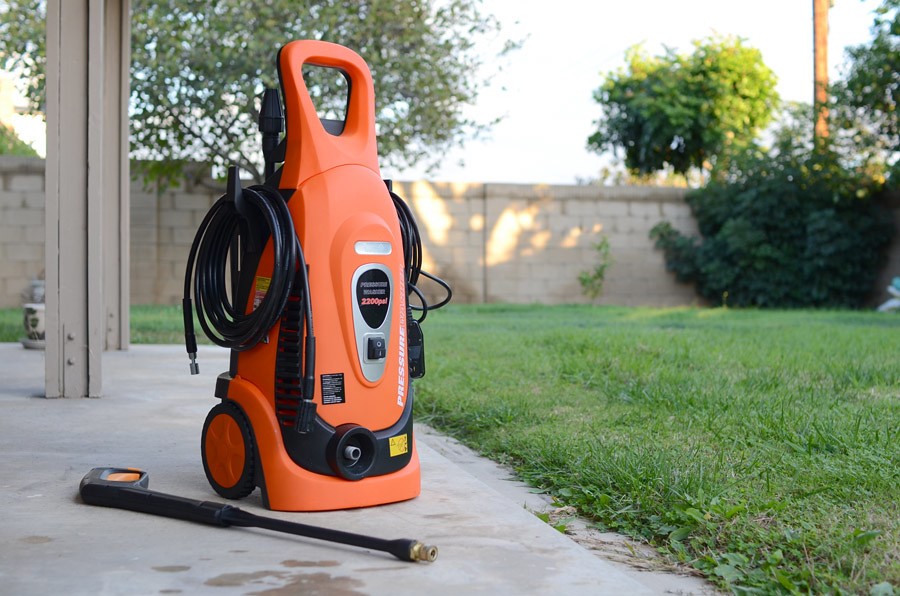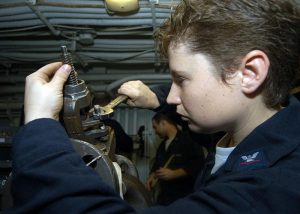There are several reasons for pressure washer problems. These include temperature control, trapped water and even sunshine heating up trapped cold water. Other problems include trapped air or limited pressure as well as air filter complications. Some of these issues can be easily solved at home, whereas other problems require specialist help.

Leaking pressure washer
A common pressure water complaint is leakage. Pressure washers usually suffer from oil and water leakage. An easy way to solve this frequent problem is by monitoring the pressure washer seal. Seals should be checked every year, at least three times. If the seal is damaged, it should be immediately replaced. These parts can be acquired from a hardware store, such as those offering Briggs and Stratton parts.
Failure to switch on and off
This is a frequent issue. Before you switch on the pressure washer, always check the amount of oil and fuel. Regularly attempting to switch on a pressure washer with no juice will cause significant damage to the internal pressure washer mechanism over time. It will also cost you more time and money in the long run! By ensuring there are regular checks on the oil and fuel levels, you will be able to notice any subtle leaks.

The oil and fuel levels can be checked by specialists like those offering Briggs and Stratton parts; if you need Briggs and Stratton parts click here
It may also be down to the internal thermometer or thermostat. In an area with limited ventilation or on a particularly warm summer’s day, the pressure washer will automatically switch off for safety purposes. In this situation, give the pressure washer a 45-minute rest and then try to switch it on again. The first time you use your pressure washer, it is important to pump the primer between eight and nine times. Following this, you can pump two or three times to get the engine going.
An expanding and contracting pressure washer
Another common issue is an expanding and contracting pressure washer. This issue is usually due to a damaged, worn or greasy valve. Whilst particularly frustrating, this problem is easily avoided. When dealing with wood and other breakable materials, make sure to regularly clean the valve. If this problem persists when your valves are clean, it is important to check the plunger.













